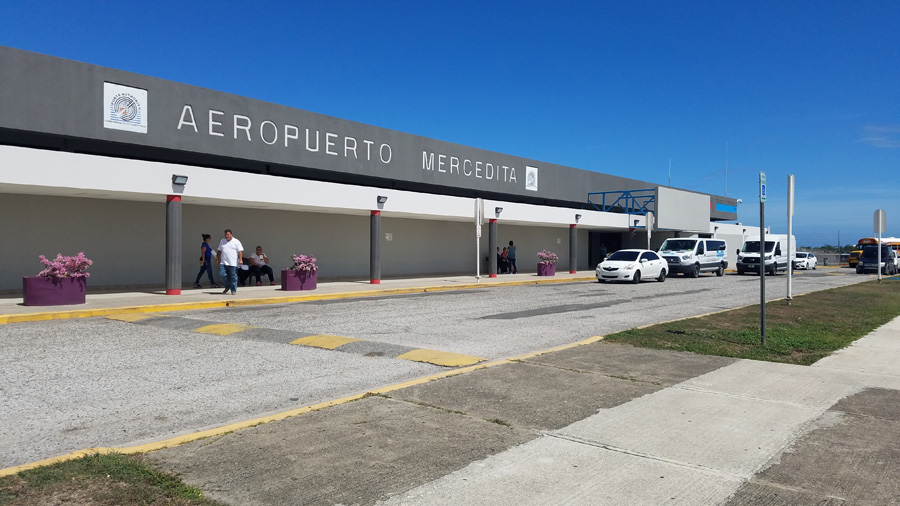PR100 Study confirms island can achieve 100% renewable energy use by 2050

The U.S. Department of Energy (DOE) and the Federal Emergency Management Agency (FEMA) released a summary report for the “Puerto Rico Grid Resilience and Transitions to 100% Renewable Energy Study” (PR100), which concludes after two years of investigation that Puerto Rico can successfully meet its projected electricity needs with 100% renewable energy by 2050.
“PR100 outlines pathways to achieving clean energy success, including grid stabilization measures and the deployment of distributed energy resources,” the agency stated.
U.S. Energy Secretary Jennifer Granholm is in Puerto Rico and is expected to provide more details today on the findings of the study and the status of the island’s renewable energy movement during a press conference with Gov. Pedro Pierluisi.
To further assist Puerto Rico’s energy resilience and clean energy goals, the DOE announced that on Feb. 22, residents can apply for its Solar Access Program designed to connect up to 30,000 low-income households with residential rooftop solar and battery storage systems at no upfront cost.
This program is the consumer-facing application phase of the first round of funding from the Puerto Rico Energy Resilience Fund, a $1 billion DOE program aimed at improving the resilience of the island’s electric grid with an emphasis on the region’s most vulnerable and disadvantaged households and communities, the agency stated.
PR100 study findings
Launched in February 2022 with funding from FEMA, PR100 deployed the expertise of DOE’s National Labs to engage local stakeholders regarding their energy future priorities; gather and generate valuable data sets; and create advanced models to project scenarios for achieving 100% renewable energy.
PR100 also includes an Implementation Roadmap, providing decision-makers in Puerto Rico with specific actions to stabilize the grid, improve resilience and achieve local renewable energy goals.
“The two-year PR100 Study relied on input from stakeholders to ensure the results and Implementation Roadmap reflect local priorities for Puerto Rico’s energy transition,” the agency stated.
This included an advisory group of nearly 100 individuals from 60 organizations representing the public, private and nonprofit sectors that informed every aspect of the study for the past two years. Stakeholder engagement efforts also included a PR100 Community Engagement Tour with Granholm to connect with individuals in municipalities across Puerto Rico.
Findings of the PR100 study include:
- Puerto Rico can transition to 100% renewable energy by 2050 and has more than enough renewable energy resource potential to meet its current and future electricity needs through 2050. Prioritizing stakeholder and community input as well as interagency coordination will be critical in ensuring an equitable transition.
- Puerto Rico must significantly increase new power generation infrastructure — on the scale of hundreds of megawatts — to stabilize the grid and alleviate current generation shortfalls, including rapid deployment of utility-scale and distributed renewable resources and significant storage amounts.
- Renewable energy goals can be met by developing projects on nonagricultural land. While there is sufficient renewable energy potential on nonagricultural land to meet total annual electric load now and through 2050, these sites tend to have higher costs.
- Under all scenarios of the study, Puerto Rico’s rooftop solar capacity and storage capacity will increase significantly by 2050. Even if rooftop solar and batteries on all suitable rooftops, utility-scale renewable energy and storage projects will still be necessary to meet electric load reliably.
- Investments in new generation to create a reliable grid could lead to rate increases. A strategic plan to control rate impacts while achieving better reliability over the near term is needed and could focus on maximizing use of distributed resources (like rooftop solar, energy efficiency and storage) as well as cost-effective management of resources at the grid scale.










